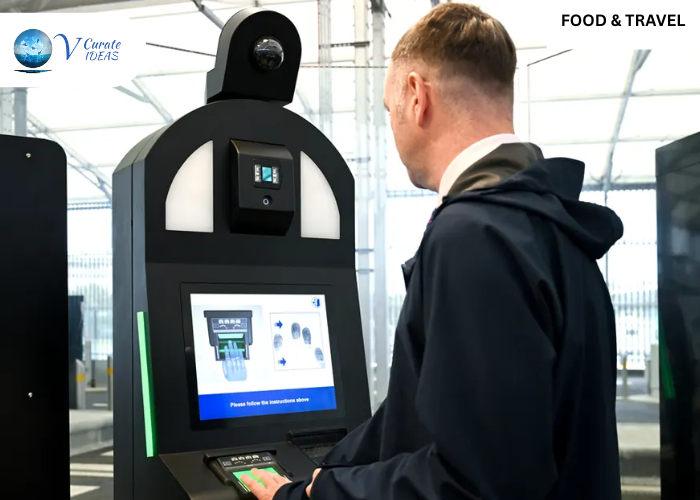Quiet Luxury: Simplicity or Subtle Status Symbol?
Quiet luxury celebrates elegance without excess—but is it true confidence or just another trend hiding in minimalism?

Travelers heading to Europe this month are being advised to allow extra time at airports and land crossings as the European Union begins rolling out its new Entry/Exit System (EES), replacing traditional passport stamps with facial recognition and fingerprint scans. The system, which went live on October 12, will apply to all non-EU travelers entering or leaving the Schengen Area. Officials say the change is designed to enhance border security and track overstays, but the new checks could extend processing times during the transition period.
According to the Port of Dover Authority, each car may now take up to six minutes for screening—compared to less than one minute previously—raising concerns about traffic congestion at major entry points such as Dover-Calais and Frankfurt Airport. Children under 12 will be exempt from fingerprinting, while data collected will be stored for up to five years. EU authorities have assured that additional staff and e-gates have been deployed to reduce waiting times. Despite expected queues, travel agencies report strong autumn bookings, with destinations like Paris, Lisbon, and Prague leading short-trip itineraries among U.S. and Asian travelers.
“It’s a necessary modernization,” said EU migration spokesperson Clara Mendez. “Travelers may face minor inconvenience initially, but the system will ultimately make European travel faster and safer.”
The full rollout of EES across all EU airports and seaports is expected by April 2026.